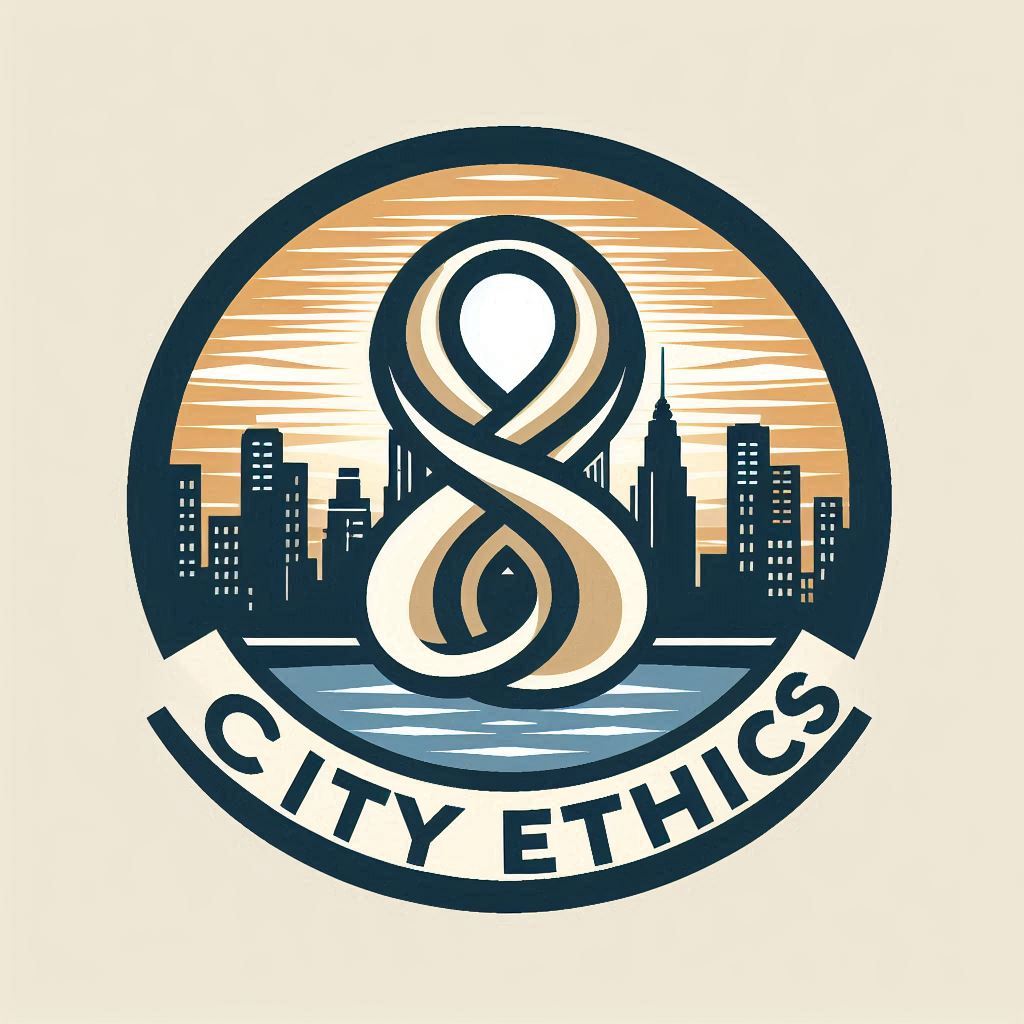Wearing Two Hats in a Community Nonprofit Transaction
It is common for mayors and council members to take volunteer positions
on the boards of community nonprofits. Sometimes it's primarily
honorific, but sometimes it shows a special commitment to a particular
program or project, and sometimes it involves a leadership position.
Such a position can create real or apparent conflicts of interest.<br>
<br>
According to <a href="http://www.lasvegassun.com/news/2009/jul/02/ethics-complaint-filed-agai…; target="”_blank”">an
article in last week's Las Vegas </a><span><a href="http://www.lasvegassun.com/news/2009/jul/02/ethics-complaint-filed-agai…; target="”_blank”">Sun</a>,</span>
a former Henderson (NV) mayor and council member served as chair and
vice-chair, respectively, of the Henderson Space and Science Center Advisory Board, a
board to help implement the founding of a science center in the city.
At their last meeting as mayor and council member, they voted to give
their board $21 million in construction funds for a new science center.
An ethics complaint was filed against them.<br>
<br>
They say that they did not benefit financially in any way. The
complainant says that they might benefit financially in the future,
once the science center is operational.<br>
<br>
But the actual financial benefit is secondary, and can't be proved at
this point. What is most important is that two top city officials voted to give substantial sums to an
organization that they chaired, that was viewed by the community as
theirs. They effectively used their government positions to give special
consideration to their organization. However worthy a cause, it was
their personal cause, a cause they had benefited with their positions
as well as their votes, and to which they had closely tied their
reputations.<br>
<br>
This is a difficult situation to deal with in an ethics code. It's not
a typical special consideration or preferential treatment situation,
because any nonprofit supported by a local government is given
preferential treatment over other nonprofits. And there is no clear
personal or financial benefit to the official, except in so far as the
official's identification with a specific project or organization is a
personal benefit.<br>
<br>
No matter what the ethics code says, however, it is hard for people to
see someone handing himself $21 million and not
think there is a conflict of interest, even if he is wearing
perfectly legitimate hats on both sides of the transaction. When this transaction occurs on
the very last day the official wears both hats, it looks that much more
questionable. Whatever the law says, a mayor or council member should
not allow such transactions to occur. If they are wearing two hats in
the same transaction, they should not participate in the transaction.
But even before the transaction becomes a possibility, an official
should anticipate it -- it is, after all, the goal of the organization
to get substantial city funds -- and not seek or accept the nonprofit hat at all.<br>
<br>
Robert Wechsler<br>
Director of Research-Retired, City Ethics<br>
<br>
---</p>
